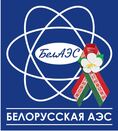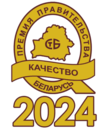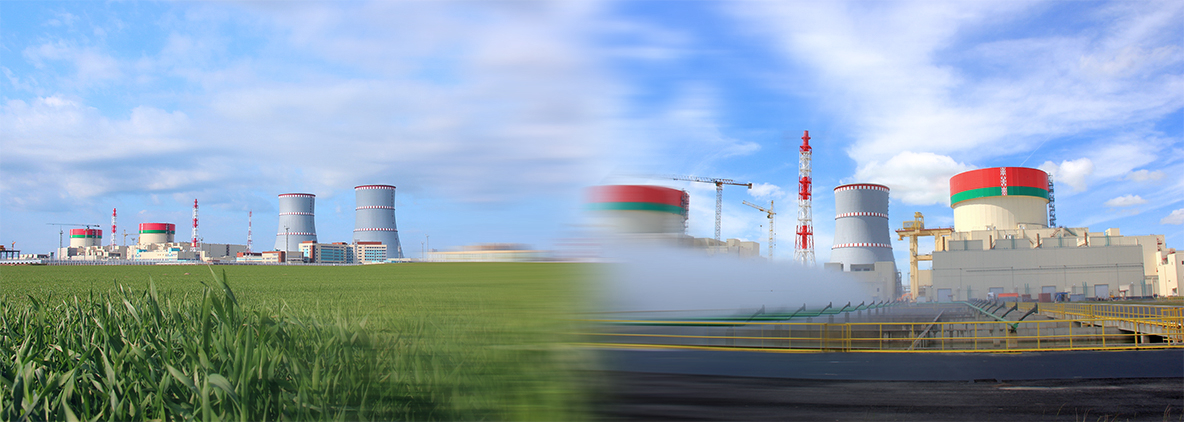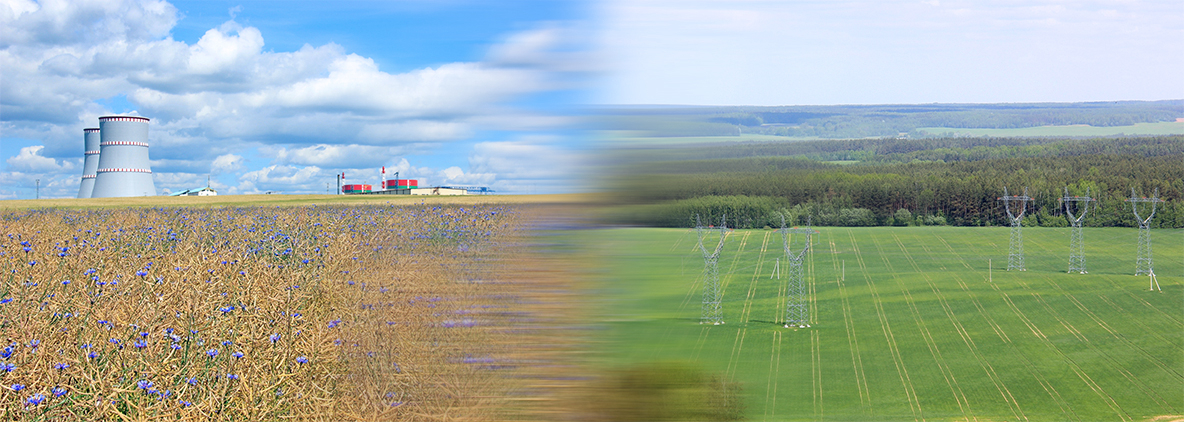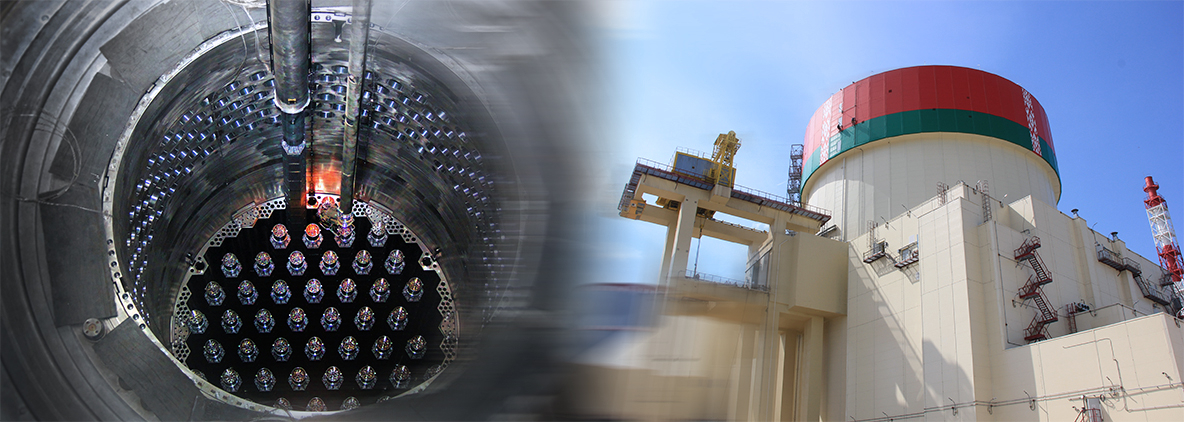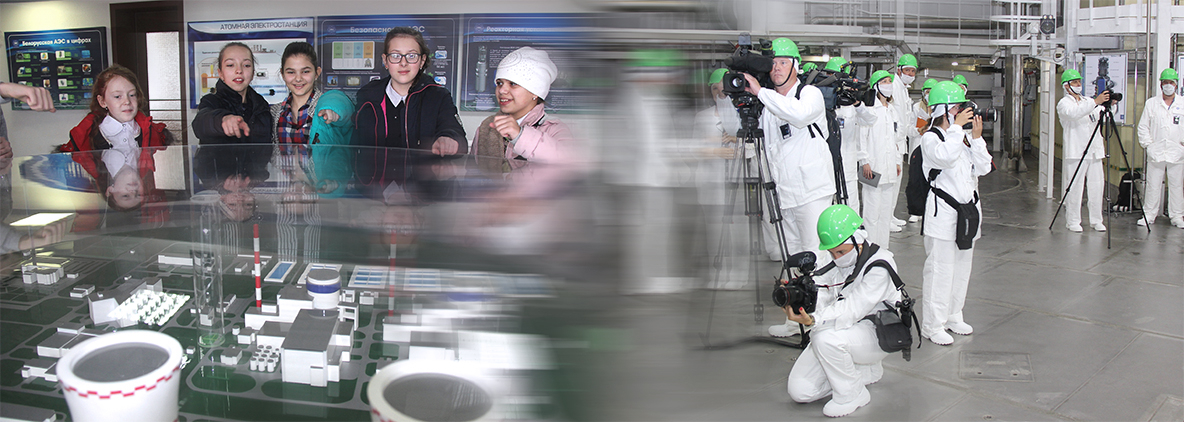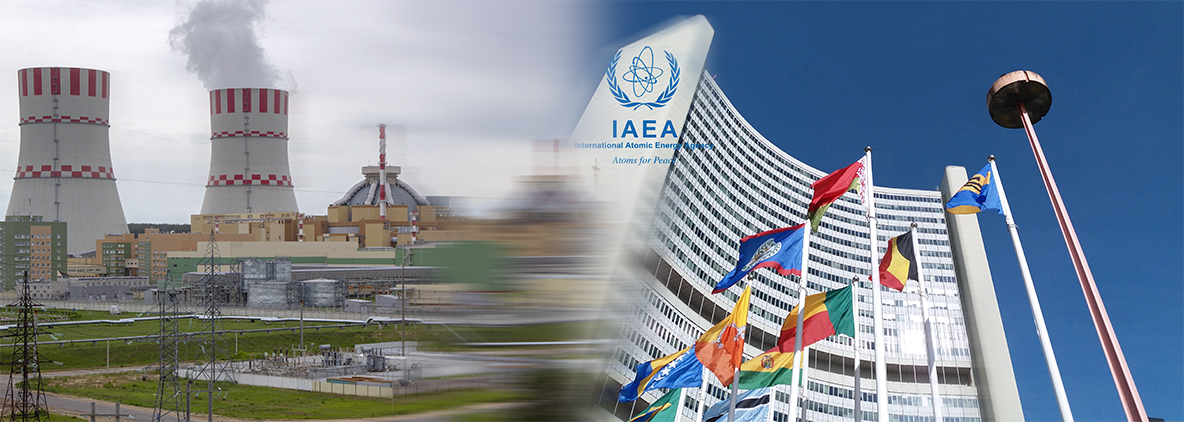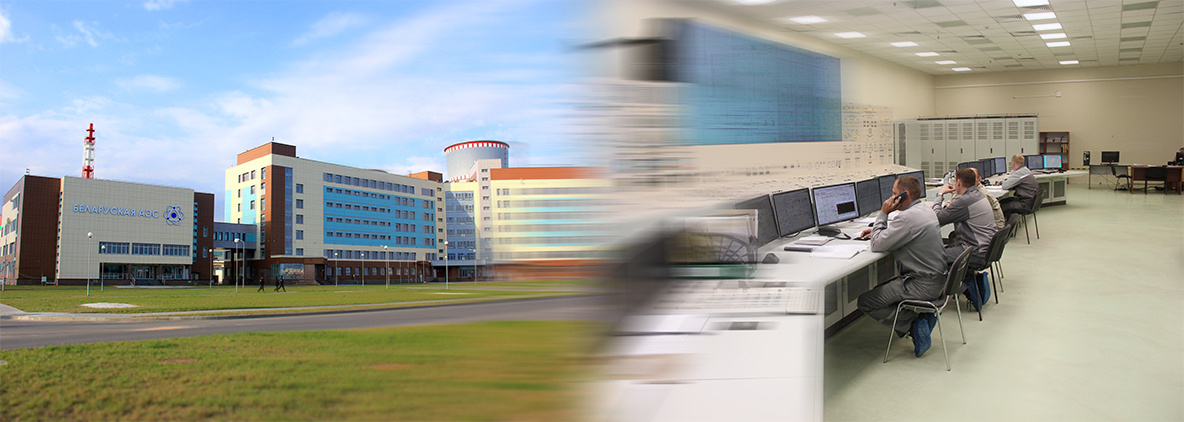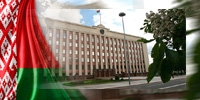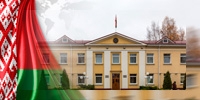“Since 2016, we have been arranging a network of observation points in BELNPP location. Work is already underway at the points, we receive data from them that we will use when analyzing the environmental impact of the nuclear power plant,” the head of the service said. “In the future, when The laboratory of environmental radiation monitoring of BelNPP will begin its work, and it will continue to carry out the program of integrated environmental monitoring in the observation zone of the NPP. The Ministry of Natural Resources will only have control functions through observations at points of the National Environmental Monitoring System."
Since 2017, an automated system for monitoring the radiation situation of the Ministry of Natural Resources has been operating in BelNPP area, consisting of 10 measuring points located both in the NPP observation zone and above the zone. In the near future, another 10 automatic measuring points belonging directly to BelNPP will be commissioned in the observation zone.
The frequency of observations will be determined by regulation. “At our monitoring points, surface water samples are taken 5 times a year, soils annually, atmospheric air samples are taken daily. An automated radiation monitoring system measures gamma radiation dose rates every minute and transmits these data to us every 10 minutes. In real time This information is also transmitted to colleagues in the Ministry of Emergencies,” the head of the service said.
Alexander Trifonov, deputy director general for scientific work of the "Joint Institute for Energy and Nuclear Research - Sosny" of the National Academy of Sciences of Belarus, said that their institute will also hold monitoring in all areas. "This monitoring will be carried out annually, and at the end of the year a report will be issued that will be posted in general availability," he said.
Alexander Trifonov also said that the Institute’s specialists have analyzed various cases of accidents. “The main cause of accidents is the human factor. In the design of Belarusian NPP, the influence of the human factor is significantly reduced. If the plant goes into emergency mode, the systems operate in such a way that the operator cannot interfere with the station for about 30 minutes, that is, he cannot make erroneous decisions during this time. This is very important. Therefore, we managed to achieve high safety indicators of BelNPP," the expert emphasized.
Address:
Administrative and laboratory building (00UYA)
Vornyany village council, 2/7
Ostrovets district, Grodno region, Republic of Belarus 231220
Е-mail: belaes@belaes.by
NPP Information Center: ic@belaes.by

Phones:
Reception: +375 (1591) 4-53-59, fax: +375 (1591) 4-54-00
HR department: +375 (1591) 45-357; +375 (1591) 46-697
Accounts department: +375 (1591) 46-358
NPP Information Center: +375 1591 46 605
Purchases: +375 (1591) 4-67-19, +375 (1591) 4-67-34
BelNPP holds comprehensive environmental monitoring
Written by BelTAA comprehensive program of observations of the radiation characteristics of the environment is being implemented at Belarusian NPP. This was announced today during a round table at the BelTA press center by the head of the radiation monitoring service of the Belhydromet of the Ministry of Natural Resources and Environmental Protection Mikhail Kovalenko, BelTA has learned.
The web-site operates error-checking system. If you find a mistake, highlight it and press Ctrl + Enter.
